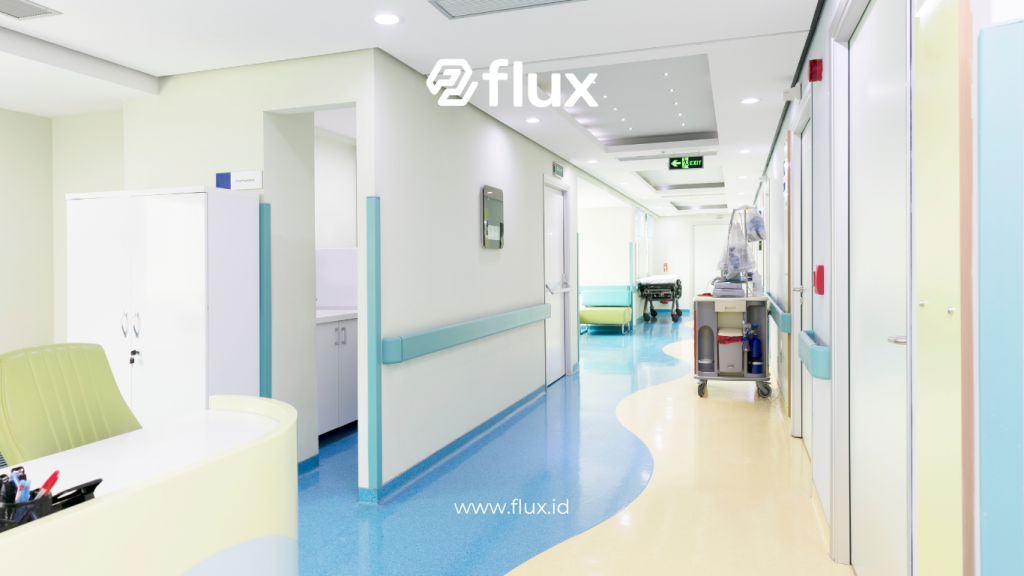Don't miss our holiday offer - 20% OFF!
In the modern era, environmental sensor technology has become a crucial tool in maintaining cleanliness standards and air quality in hospitals. Given the importance of a clean environment and good air quality for patient health, this technology not only enhances the patient experience but also ensures a safe and healthy environment for medical staff. This article will explain how hospital environmental Sensors can help manage air quality and cleanliness in hospitals, as well as provide guidance on the latest available technologies.
Contents
Importance of Air Quality and Cleanliness in Hospitals

Air quality and cleanliness in hospitals have a direct impact on the health of patients and medical staff. Contaminated air can worsen existing patient conditions and increase the risk of infections. Moreover, poor cleanliness, especially in frequently used areas such as operating rooms and patient wards, can lead to the spread of pathogens and nosocomial infections.
Impact of Poor Air Quality
- Infection Risk: Contaminated air with particles or microbes can increase the risk of infections.
- Respiratory Health: Poor air quality can worsen patients’ respiratory conditions, such as asthma or COPD.
- Patient Discomfort: Stale air can cause discomfort and increase patient stress.
Impact of Poor Cleanliness
- Nosocomial Infections: Infections acquired in hospitals can spread more rapidly in unclean environments.
- Medical Staff Health: Medical staff are also at risk of illnesses due to unhygienic environments.
- Patient Satisfaction: Poor cleanliness can affect patient satisfaction and the hospital’s reputation.
Environmental Sensor Technology for Air Quality

Read More: Environmental Sensors for Social Services
Environmental sensors for air quality monitor various parameters affecting air health in hospitals. Key sensors include:
- Particulate Sensors
These sensors measure the concentration of airborne particles, such as dust and fine particulates that can be inhaled. These particles can contaminate the air and affect health quality.
- Benefits: Using these sensors allows identification of areas with low air quality and triggers ventilation systems to clean the air.
- Gas Sensors
Gas sensors detect harmful gases such as carbon dioxide (CO2), carbon monoxide (CO), and nitrogen dioxide (NO2). These gases can come from various sources in hospitals, including vehicles and industrial processes.
- Benefits: Gas sensors ensure that harmful gases do not exceed safe limits, reducing health risks.
- Humidity and Temperature Sensors
Improper humidity and temperature can influence microbial and fungal growth. Humidity and temperature sensors help maintain optimal environmental conditions.
- Benefits: These sensors help keep humidity and temperature within safe ranges to prevent microbial growth.
Cleanliness Sensor Technology

Read More: Cleanliness Sensors: Elevating Trade Department Standards
Cleanliness in hospitals can also be improved using various sensor technologies. These sensors monitor and ensure cleanliness in critical areas.
- Surface Contamination Sensors
These sensors detect contamination on surfaces such as tables, floors, and medical equipment. Some sensors can even identify the presence of microbes or harmful chemicals.
- Benefits: These sensors ensure that frequently used areas remain clean and safe for patients and medical staff.
- Automatic Cleaning Sensors
These sensors are integrated with automatic cleaning systems to ensure that specific areas are cleaned regularly.
- Benefits: This technology reduces the workload on cleaning staff and ensures consistent cleaning.
- Air Quality Sensors in Critical Areas
Placing sensors in areas requiring special attention, such as operating rooms and isolation rooms, allows real-time monitoring of air quality and alerts if there is a decline.
- Benefits: These sensors maintain an extremely clean and safe environment in crucial areas.
Guide to Choosing Environmental Sensors for Hospitals

Read More: Energy Efficiency in Hospitals: Implementing IoT for Sustainability
When selecting environmental sensors for hospitals, several important factors should be considered:
- Accuracy and Sensitivity
Sensors must have high accuracy and sensitivity to ensure that the data obtained is accurate and reliable.
- Integration with Existing Systems
Sensors should be able to integrate with existing hospital management systems, facilitating data monitoring and analysis.
- Ease of Use and Maintenance
Choose sensors that are easy to use and maintain to reduce staff workload.
- Support and Technology Updates
Ensure that the sensor provider offers good technical support and technology updates to keep devices up-to-date.
Case Study: Implementation of Environmental Sensors in Hospitals

Read More: Hospital: Optimal Energy Management through IoT
Some hospitals have successfully implemented environmental sensors to improve air quality and cleanliness. For instance, XYZ Hospital in Jakarta uses particulate and gas sensors to monitor air quality across its facilities. Additionally, they have integrated surface cleanliness sensors to ensure critical areas remain clean.
The results from this implementation show a significant decrease in nosocomial infection cases and improved patient satisfaction. Moreover, medical staff reported a more comfortable and safer working environment.
Conclusion
Environmental sensor technology plays a crucial role in managing air quality and cleanliness in hospitals. By utilizing sensors to monitor airborne particles, harmful gases, humidity, temperature, and surface cleanliness, hospitals can create a safer and healthier environment for patients and medical staff. Therefore, choosing the right sensors and ensuring good integration with hospital management systems is key to maximizing the benefits of this technology.
As technology advances, environmental sensors will continue to evolve, offering more sophisticated and effective solutions for maintaining cleanliness and air quality standards in hospitals. Consequently, adopting this technology not only enhances patient health and safety but also improves hospital operational efficiency.




